Kombucha has changed the way we view beverages. It’s opened our eyes to the functionality of food and it’s hard to view any packaged items the same. It’s created a category of packaged food that’s not only delicious but beneficial for our overall health. We all want grab-n-go items that are healthy and that’s not the old school, chemical filled, bomb shelter type storage snacks of the past! We meticulously read labels to make sure there’s some sort of benefit to our convenient food items.
Kombucha is so much more than convenience and there are many reasons for drinking it. At Healthy Hooch Kombucha we drink it for the live probiotics, the bubbly delicious flavour and the low sugar content. We’re all strangely addicted, even writing about it now my body starts to crave it. That being said, not just any kombucha would do the trick. Kombucha varies from brand to brand and believe it or not, it can be just as varied as beer, wine or coffee! There are brews that are simply exquisite, and well, some that just get the job done! Brands differ in flavour, texture, nutritional value and how they make you feel when consumed. Some of the main characteristics to take note of are that not all kombuchas have probiotics, are low in sugar… and/or taste good! So let’s break down the 3 key differentiating points: brewing methods, ingredients, and raw versus pasteurized.
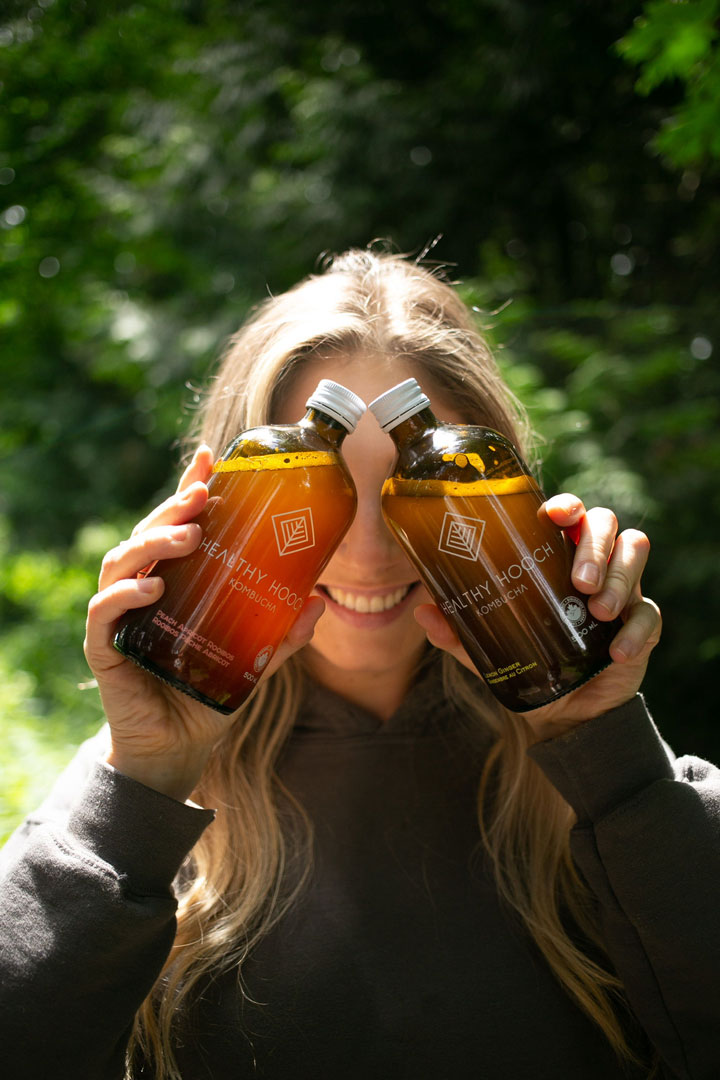

The Brewing Methods
Brewing methods are an art and a science, and one of the biggest differentiators. Take beer for example. If you were to give 20 beer breweries that same ingredients and ask them to create a beer, each would taste completely different. The same goes for wine and baked goods. Why is it so hard to find amazing European style croissants, an Italian style pizza, or authentic Chinese food? ART, and it takes time to master it. It also takes innovation and the desire to want a different outcome. I’d say this desire holds true for any chef, baker, brewer, artist, song writer, and any creator in general. Yes there are a lot of kombucha companies and breweries and bakeries, but not every company does it well or puts as much care into their work. I’m not a fan of perfume but Giorgio Armani said it well “To create something exceptional, your mindset must be relentlessly focused on the smallest detail.” From the tanks we use, to the specific brewing temperature, to our testing methods, no detail goes unnoticed.
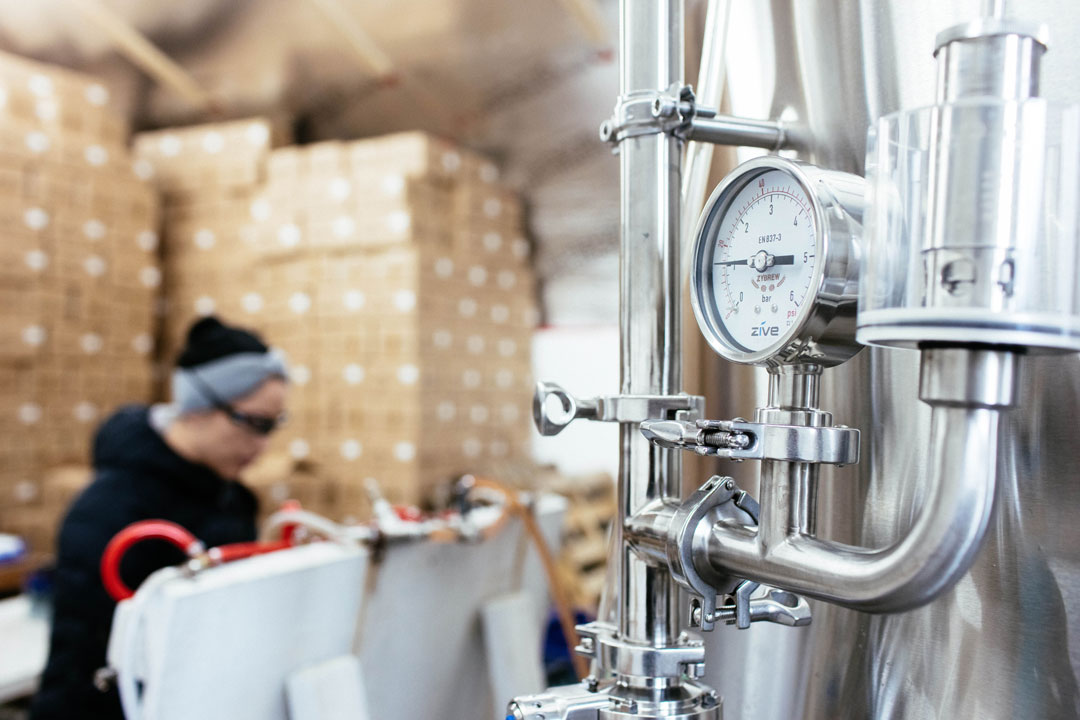
The Ingredients
Kombucha can be brewed with hundreds of varieties of teas. It’s even more varied than coffee! Each tea has drastically different characteristics. Then there are hundreds of fruit juices, spices and many different sweeteners that can be added. The quality and amount of these ingredients also plays a huge role in how the final product will turn out. Sugar is another factor to consider. Sugar content is a growing concern for many of us, and many brands are very high in sugar, so always read the labels, and because some brands are mislabeled, we always, always, always, tell consumers to trust their palette. If it tastes too good to be true, it probably is!
Raw vs Pasturized
When you see “raw” kombucha, it’s a shorter way of saying unpasteurized. Raw kombucha is the only kind of kombucha we like because it’s alive! When kombucha is pasteurized, it means that it’s been heated to a specific temperature to kill bacteria. Many companies pasteurize their kombucha because it extends the shelf life and doesn’t require refrigeration. When kombucha is heated, it kills off the probiotics, digestive enzymes and all of the health benefits along with it. If a kombucha brand isn’t refrigerated that’s a sign that may be pasteurized.
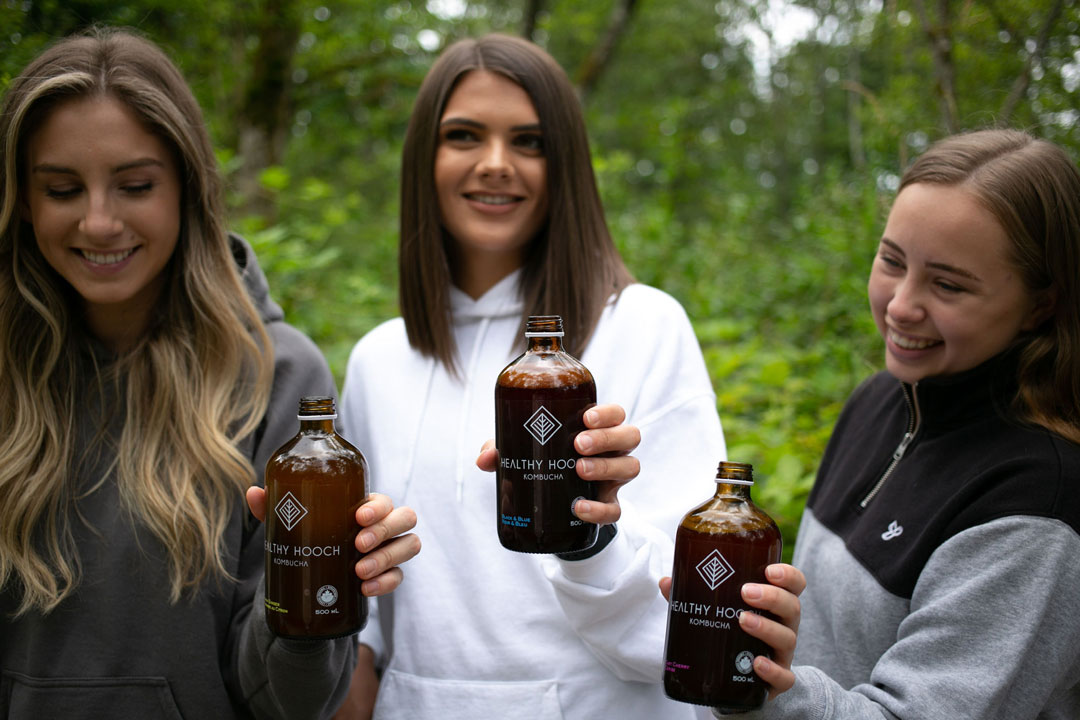

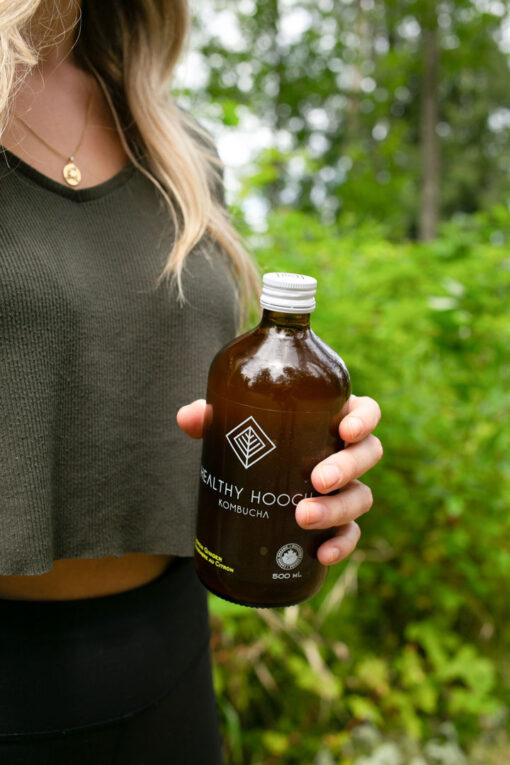
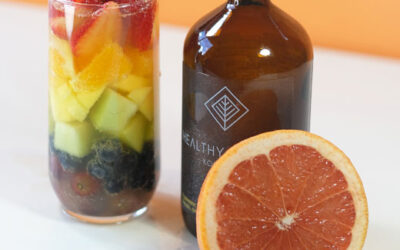
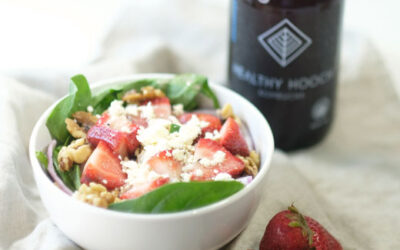
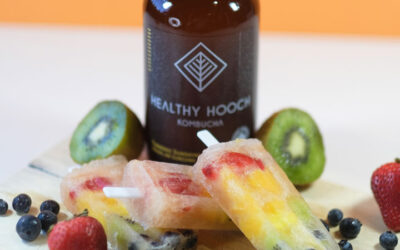
0 Comments